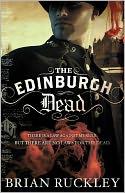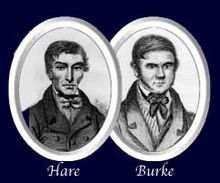 I realized that I spend a part of Sunday planning the books I’m going to review during the week. It’s sort of a plot, what goes where, and why centered around the publishing schedule. Everything new is released on either Monday or Tuesday. It’s kind of like the law of gravity, without the splat at the bottom.
I realized that I spend a part of Sunday planning the books I’m going to review during the week. It’s sort of a plot, what goes where, and why centered around the publishing schedule. Everything new is released on either Monday or Tuesday. It’s kind of like the law of gravity, without the splat at the bottom.
I also looked around and discovered that there wasn’t a really good place to stick in some of the “why” about the stuff I read. Or some of the extra added attractions, like my mad scramble to read books 1 and 2 (and occasionally 3, 4 and 5) of a series in order for book 6 to make sense. More on that later.
 I get lot of my books from Netgalley, but not all of them. Authors are starting to ask me to review their books. That’s actually kind of a thrill. It doesn’t change my review, but it’s always nice to be asked. I also still have a lot of books in the house I haven’t read. Not to mention what my husband once described as “a metric buttload” of books that I have read. It’s all grist for the mill.
I get lot of my books from Netgalley, but not all of them. Authors are starting to ask me to review their books. That’s actually kind of a thrill. It doesn’t change my review, but it’s always nice to be asked. I also still have a lot of books in the house I haven’t read. Not to mention what my husband once described as “a metric buttload” of books that I have read. It’s all grist for the mill.
 There is a “What’s on my nightstand” meme at 5 Minutes for Books that is really terrific, and I absolutely confess to having gotten my inspiration from them. But I need to do this once a week, and the original “What’s on my nightstand” only runs once a month. I need way more organizational help than that! Also, the instruction for the original asks that you take a picture of the stack, and I would usually be taking a picture of my iPad. My TBR pile is mostly, but not exclusively, electronic.
There is a “What’s on my nightstand” meme at 5 Minutes for Books that is really terrific, and I absolutely confess to having gotten my inspiration from them. But I need to do this once a week, and the original “What’s on my nightstand” only runs once a month. I need way more organizational help than that! Also, the instruction for the original asks that you take a picture of the stack, and I would usually be taking a picture of my iPad. My TBR pile is mostly, but not exclusively, electronic.
So what’s on my list this week? (Drumroll please)

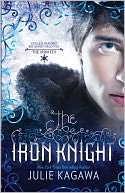 The Iron Queen and The Iron Knight by Julie Kagawa. I was able to snag a review copy of Iron Knight from Netgalley, but I had never read any of the series. I heard terrific things about it but never read any of them. Everyone knows what they are, YA urban fantasy or paranormal fantasy, depending on how you slice and dice your definitions. Urban fantasy/paranormal is right up my alley, YA or not, and I wanted to know what the fuss was about. Now I know. Iron King and Iron Daughter were fantastic, but I still have two more books to go, and the release date for Iron Knight is this Tuesday.
The Iron Queen and The Iron Knight by Julie Kagawa. I was able to snag a review copy of Iron Knight from Netgalley, but I had never read any of the series. I heard terrific things about it but never read any of them. Everyone knows what they are, YA urban fantasy or paranormal fantasy, depending on how you slice and dice your definitions. Urban fantasy/paranormal is right up my alley, YA or not, and I wanted to know what the fuss was about. Now I know. Iron King and Iron Daughter were fantastic, but I still have two more books to go, and the release date for Iron Knight is this Tuesday.
 Tuesday’s Child by Dale Mayer is a romantic suspense title I received from the author. I promised I’d review it by this Friday, so it’s definitely on my list for this week.
Tuesday’s Child by Dale Mayer is a romantic suspense title I received from the author. I promised I’d review it by this Friday, so it’s definitely on my list for this week.
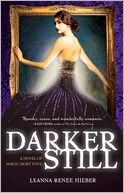 I’ve got Darker Still by Leanna Renee Hieber from Netgalley for a November 1 release date. I requested this one because I liked the Victorian setting, and I enjoyed her story in Midwinter Fantasy. I bought her Strangely Beautiful series on my iPad, but haven’t had a chance to read them yet.
I’ve got Darker Still by Leanna Renee Hieber from Netgalley for a November 1 release date. I requested this one because I liked the Victorian setting, and I enjoyed her story in Midwinter Fantasy. I bought her Strangely Beautiful series on my iPad, but haven’t had a chance to read them yet.
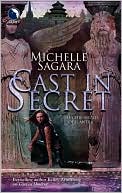 Most of the time, I read ebooks, but I have a paper copy of Cast in Secret by Michele Sagara on my nightstand. For real. Why? Because I have a review copy of Cast in Ruin from Netgalley. I always meant to read the series, to the point where I bought books 1-5 in print. Moved them, too. So when Cast in Ruin came up on Netgalley, I requested it. I figured it gave me a darn good reason to start reading the series. Now I wonder why I never read them before. They’re great! But each book is 400+ pages, and Ruin is book 7. I’ll get there. And I will review it, even if I have to buy my own copy.
Most of the time, I read ebooks, but I have a paper copy of Cast in Secret by Michele Sagara on my nightstand. For real. Why? Because I have a review copy of Cast in Ruin from Netgalley. I always meant to read the series, to the point where I bought books 1-5 in print. Moved them, too. So when Cast in Ruin came up on Netgalley, I requested it. I figured it gave me a darn good reason to start reading the series. Now I wonder why I never read them before. They’re great! But each book is 400+ pages, and Ruin is book 7. I’ll get there. And I will review it, even if I have to buy my own copy.
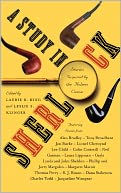 Last but not least, A Study in Sherlock, edited by Laurie R. King and Leslie Klinger will be released on Tuesday. It’s a short story collection inspired by the Holmes canon. I know I’m going to buy it, and I know I’m going to read it as soon as it downloads to my iPad. I might as well just admit it now!
Last but not least, A Study in Sherlock, edited by Laurie R. King and Leslie Klinger will be released on Tuesday. It’s a short story collection inspired by the Holmes canon. I know I’m going to buy it, and I know I’m going to read it as soon as it downloads to my iPad. I might as well just admit it now!
There will be other stuff, but these are the ones I’m sure about. More next Sunday!


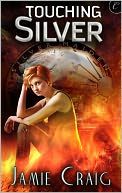
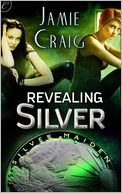

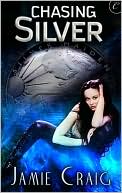

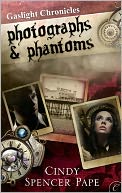

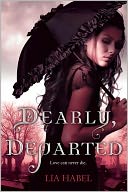

![603px-Herbert_Ponting_icebergs_Scott_Expadition[1]](https://www.readingreality.net/wp-content/uploads/2011/10/603px-Herbert_Ponting_icebergs_Scott_Expadition1.jpg)
